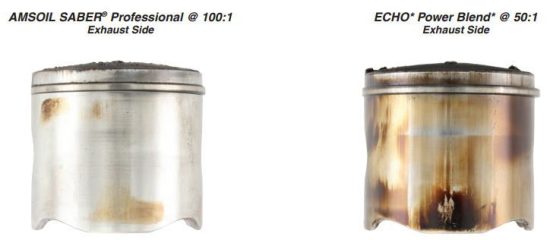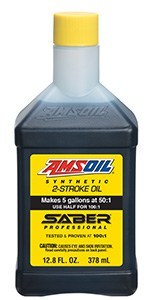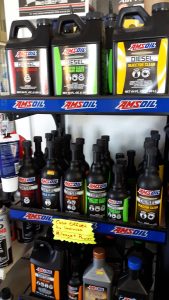Why are There Different Two-Stroke Oil Mix Ratios for Chainsaw Oil John Baker|Jun 20, 2017 8:36 AM Swamp mix. That’s what you call a concoction of two-stroke oil and gas that’s been slopped together with no measuring tools and no regard for engine protection. Your chainsaw or string trimmer could be running on a 50:1 […]
You are browsing archives for
Tag: two-stroke
5 Expert Chainsaw Tips to Keep Things In...
5 Expert Chainsaw Maintenance Tips John Baker|Feb 13, 2020 4:24 PM Chainsaws are great tools – when they’re working properly. Here are five chainsaw-maintenance tips to keep your chainsaw cutting strong. Keep the chain sharp Anyone who has tried forcing a dull chain through wood knows the importance of a sharp chain. Properly sharpening a […]
Amsoil Diesel Fuel Additives Best Choice...
Our Diesel Fuel Additives Will Save Your Fuel System and Add Performance Diesel fuel additives are the most overlooked motor maintenance item next to motor oil. An essential product that must be added to every tank. Many diesel drivers mistakenly think a fuel lubricant is okay every other tank. New diesel owners are not being […]
Why Top Landscapers (Like Duluth Lawn Ca...
Why Top Landscapers (Like Duluth Lawn Care) Trust AMSOIL Andy Arendt|Mar 18, 2019 12:26 PM Landscape professionals provide the most demanding proving grounds for two-stoke equipment. Their string trimmers, backpack blowers, chainsaws and other equipment run continuously in hot, dirty and wet conditions. And their brutal schedules leave no time for breakdowns. As the video […]



